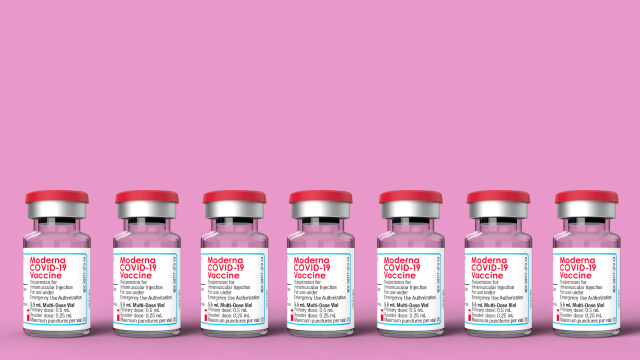Back in March, Australia struck a deal with pharmaceutical giant Moderna, allowing the latter to set up a facility in Melbourne. Today, that 10-year deal has been finalised and the result will be the production of millions of Australian-made mRNA vaccine doses every year.
The deal is between the Australian government, the Victorian government and Moderna. Under the agreements, an mRNA vaccine manufacturing facility will be built at Monash University. Moderna will also establish its headquarters and a Regional Research Centre in Victoria.
We’ve got a plan to manufacture mRNA vaccines here in Australia, and today I met the brilliant scientists who are part of it.
Australia will be one of the few countries in the world that can make mRNA vaccines, instead of being vulnerable at the end of global supply chains. pic.twitter.com/tJdHNWGUHZ
— Anthony Albanese (@AlboMP) August 15, 2022
In a statement made on Monday, Australian Prime Minister Anthony Albanese said once operational, the facility will be able to produce up to 100 million vaccine doses every year and that it will be helping protect Australians against future pandemics.
“Once this critical onshore mRNA capability is established, Australia will reduce its dependence on imported mRNA vaccines and our vulnerability to supply disruptions or delays,” the joint statement from Albanese and a handful of his ministers, as well as Victorian Premier Daniel Andrews, said.
“It will give Australians local and ongoing access to Moderna’s COVID-19 vaccine – Spikevax – and give us an onshore mRNA manufacturing capability in the event of a new pandemic, such as avian influenza or another new pathogen, vaccine-resistant COVID-19 variants or a global resurgence of infections.”
Andrews highlighted that not only will Australia be one of the few countries in the world that can make mRNA vaccines, but that it’s quite a big investment in Australia by Moderna.
“This agreement means that Victoria will be home to Moderna’s only mRNA manufacturing and finishing centre in the Southern Hemisphere,” he said.
“We have the skills and the equipment needed to deliver this vital onshore capability … the pandemic has shown us how important it is to have strong sovereign capacity – we’re not wasting a second in making sure we have access to the vaccines we need to keep [Australians] safe.”
Back when the deal was first announced, now-former Prime Minister Scott Morrison said the Moderna mRNA facility was expected to be up and running come 2024.
The Victorian government revealed plans for this facility back in December and it followed the New South Wales government in October injecting $96 million into a new pilot facility to develop mRNA and RNA vaccines.
mRNA vaccines work by delivering genetic information that allows the body’s own cells to produce a viral protein — such as a harmless, engineered version of the spike protein that the coronavirus uses to break its way into the body’s cells. When the body subsequently produces that protein, the immune system rapidly mobilises to fight it, conducting a sort of live-fire training exercise that prepares it to fight the actual coronavirus; the actual mRNA delivered by the vaccine quickly disintegrates, but the antibodies stick around as a garrison against future infection. Per the MIT News Office, this allows for much easier and faster production than prior generations of vaccines relying on manufacturing the proteins under laboratory conditions.
The mRNA sequence more or less serves as a source code for the vaccine.
This article has been updated since it was first published.
